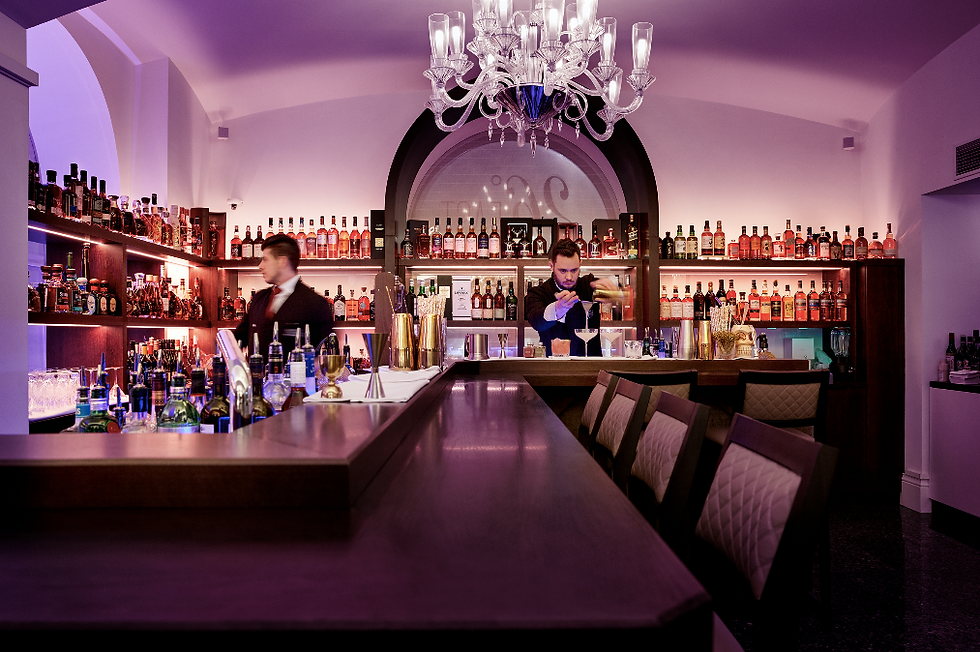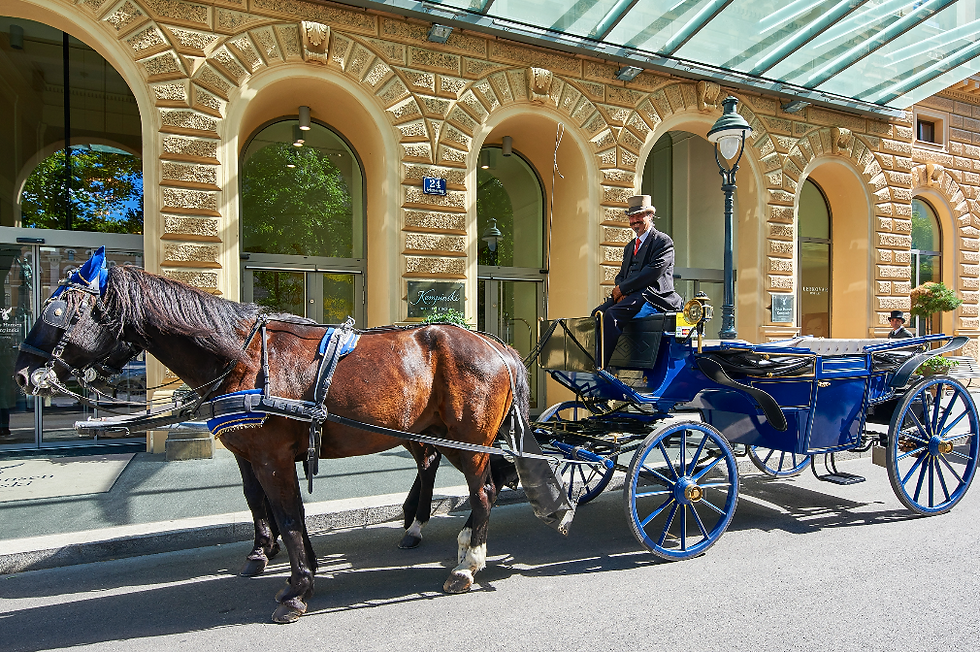Legacy and Heritage: Palais Hansen Kempinski
- Melanie Beard
- Mar 31, 2019
- 2 min read

Originally planned as a hotel for the world exhibition in 1873 in Vienna, Hansen Palace did not open as such. Until the mid-1990s it was the home of the police headquarters and several different municipal departments. In 1997 the city of Vienna sold the building, however, the desire to grad the majestic constriction its original use persisted. Therefore, Palais Hansen Kempinski Immobiliengesellschaft formed a team with the Kempinski Group to begin the restoration and remodel the building into a luxury hotel.
The Vienna-based architect Boris Podrecca and the Austrian architectural firm Atelier Hayde Architekten were hired to carry out the work. Podrecca has also left its mark on the city in many other places, participated in the construction of the Millennium Tower and in the design of the Praterstern urban square, in front of the Vienna train station. The interior designer Jean-Claude Laville was commissioned to create the interior design of the Palais Hansen.

Built between 1869 and 1873, the Hansen Palace is among the most important historical buildings in Vienna. Heinrich Förster and Theophil Edvard Hansen, known as the foremost architects of the Ring Boulevard, were in charge of its planning. It was the same Theophil Edvard Hansen who built the Parliament, the Vienna Music Society, the former Stock Exchange, the Museum of Applied Arts and the Palais Epstein. After finishing his studies in Vienna, the Danish architect spent eight years in Athens, a city whose influence is reflected in the characteristic pillars of his buildings.
The legacy of the illustrious original architect, Theophil Hansen, is still visible in the impressive façade, the monumental columns of the lobby, the ballroom lobby, the nineteenth-century window frames and the stairs with their delicately forged iron railings. As with many of Hansen's works, Nike, the Greek goddess of victory, watches over the building. The statue on the roof is a reminder of the great victories of Vienna, and the image on the hotel logo is a tribute to the famous architect. Historical elements and contemporary design are fused with simple lines and light colors.

The building is located on Schottenring Street and is part of the famous Ringstraße Boulevard. For centuries, Vienna was the imperial capital and the residential city of the Habsburgs and it has two UNESCO World Heritage sites; the historic center of the city and the Schönbrunn Palace. Beyond that, museums and art collections testify to the impressive history of the city; classical composers such as Wolfgang Amadeus Mozart, Ludwig van Beethoven, Johann Strauss and Gustav Mahler greatly influenced the Viennese art scene.
Modern, innovative and unconventional, the Palais Hansen Kempinski is a space of magic where living history is combined with modern lifestyle.




Comments